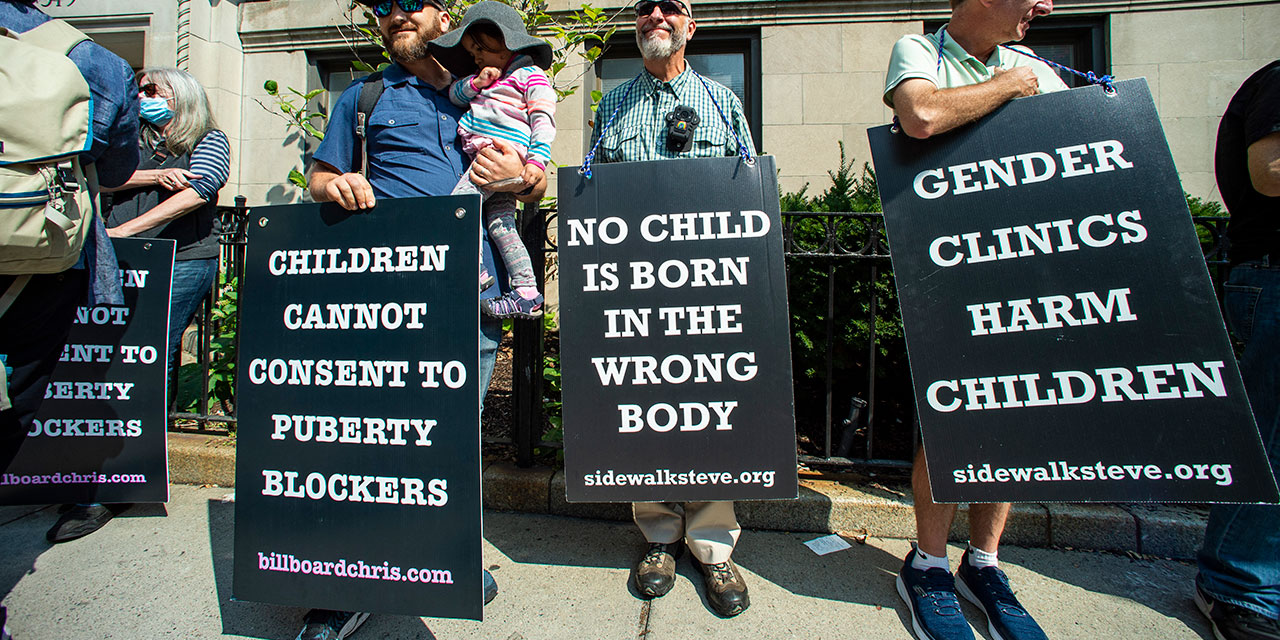The Northeast was braced for another of those periodic Storms of the Century last week. Blizzard warnings were up from Philadelphia through Maine, with up to two feet of snow forecast for New York City and the Boston area. States of emergency were declared and the public warned to stay at home.
But as the storm rolled in Tuesday morning, city residents awoke to—well, not exactly nothing, but nothing all that much to write home about either. The storm veered inward from its projected coastal path, drawing warm ocean air that caused the snow to mix with rain, sleet, and ice along the I-95 corridor. Rather than two feet of snow, New York and Boston wound up with about seven inches of mixed precipitation. Meanwhile, some inland areas of upstate New York and New England that had been expecting less than a foot got hammered with two or three feet or more. (Some regions on the fringes of the cities did get a predicted heavy snowfall.).
This is not one of those “beat up on the Weather Service for getting the forecast wrong” harangues, however. For the incredible story that came out the day after the storm is that, in fact, the National Weather Service had actually gotten the forecast right internally—but then deliberately concealed the information from the public so as not to cause “confusion.” By Monday afternoon, the day before the storm, most of the computer models used by the Weather Service were projecting the inland turn and dramatically lessened snowfall in the coastal cities. But the weather bureaucrats decided to stick with the old forecast in which they no longer had confidence because, as the agency later said, “a dramatic change in the snowfall forecast could produce an unwelcome result of less readiness and vigilance.” It “might have given people the wrong message that the storm was no longer a threat,” the chief of forecast operations explained. “It still was, but the real danger was from ice and sleet.” And, as a meteorologist supporting the Weather Service decision said, “ice is a far greater hazard,” anyway.
So why not just say snow if that will scare people more? Snow, ice, hot lava, locusts, whatever—it’s just words.
It’s not clear if the weathermen considered the compromise alternative of letting people know the real forecast with an appropriate warning: “There will be seven inches of sleet and ice rather than 24 inches of snow, but that can be even more dangerous.” If they did it was apparently rejected as insufficiently protective of public safety. In any event, officials deliberately misled the public on the belief that people cannot be trusted to take care of themselves, even with accurate information. They undermined their own public-safety goals by making it less likely that anyone will listen to them when the next big blizzard comes calling. And they increased the danger to those in disfavored rural areas who were misled into expecting a smaller storm.
Their action epitomizes the problems of the modern liberal administrative state: arrogation of policy decisions by unelected bureaucrats, counterproductiveness, regional and class snobbery, and a stultifying infantilization of the public. The Weather Service misled not just the citizenry but their elected leaders—governors, mayors, even the president they report to. There may be certain emergency situations that justify the government lying to the people “for their own good.” But the decision to do so should be made by officials who can then be voted out of office if the people who were lied to decide that the judgment wasn’t justified, not by unelected civil-service bureaucrats. There is no indication that the Weather Service cleared its decision to withhold information up the chain of command with the Secretary of the Interior or with the White House.
The ironically self-defeating impact of this bureaucratic nannyism was neatly summed up by blogger Ed Morrissey:
Yes, keeping information away from people to maintain a panic mode certainly helped maintain “readiness and vigilance” . . . this time. The next time NWS warns of an impending catastrophic weather pattern, will it get the same response? Or will their diminished credibility lead a lot more people to discount their warnings as yet another attempt to manipulate public response? … It’s as if no one ever read the story of the boy who cried wolf.
Another irony is that the weathercrats’ public-safety zeal only extended to the residents of coastal cities and suburbs, while many rural residents, told to expect a less powerful storm than the computer models projected, didn’t rate such importance.
The most fundamental problem with the Weather Service action, though, is its smothering overprotectiveness. It epitomizes the cardinal rule of modern liberalism “that no one must ever get hurt“ (at least among the favored classes); that no danger is small enough or self-evident enough to tolerate or to allow people to make their own decisions about; and that therefore any action on the part of government to protect us from ourselves is justified. This raises issues about social policy, life, health, and risk that are far more important—and far more central to the modern liberal-conservative divide—than are questions about how we fund the health-care system, for it cuts to the heart of who we are as people and how we are to be governed.
Photo by Drew Angerer/Getty Images




